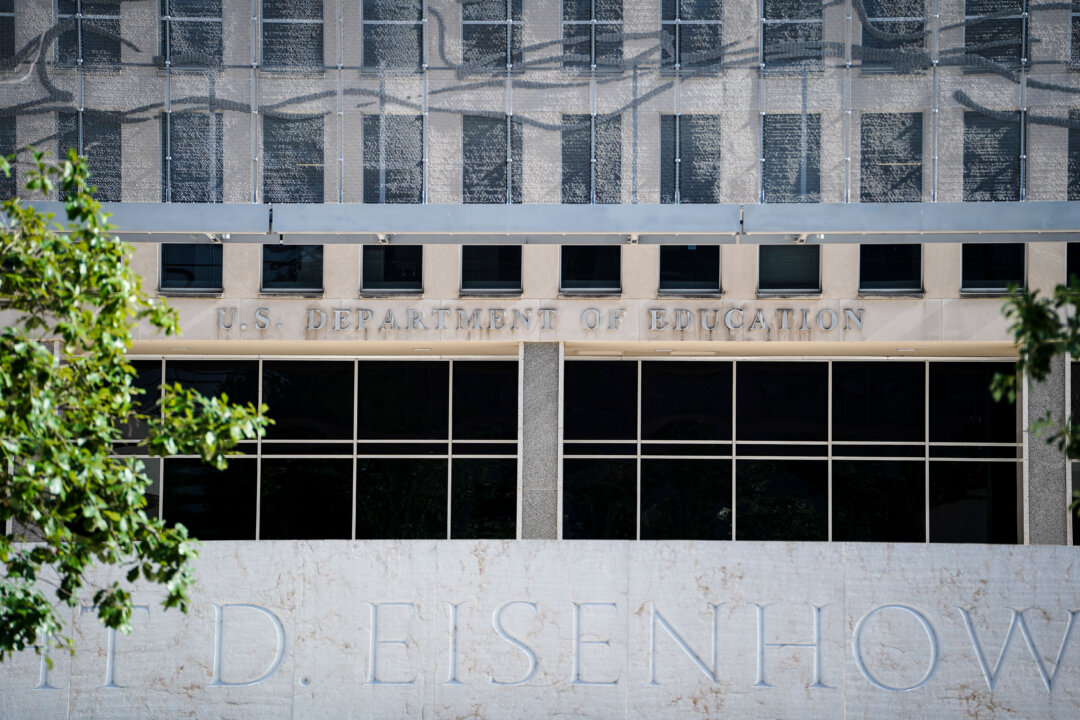The president says his secretary nominee, Linda McMahon, will be expected to move all of its functions to states.
President Donald Trump said on Feb. 4 that he could work with Congress and the teachers’ unions to eliminate the U.S. Department of Education, although he also has not ruled out attempting that same action by executive order.
“There are some people that say, I could,” Trump said in response to a question about whether he could dismantle the department via an executive order.
“I think I’d work with Congress,” the president said from the Oval Office, adding that he thinks he would also need to work with the teachers’ union because the union “is the only one that opposed it.”
Trump said his nominee for Secretary of Education, Linda McMahon, was told ahead of time that she’d be working to “put herself out of a job.” He said her department is expected to promote school choice and leave the running of schools to the states, not the federal government.
He cited previous global rankings for public school systems and national rankings by state, which were released last month, noting that even though the United States spends more per pupil than any other nation, it’s falling behind in academic performance.
“If you look at that list, Denmark, Sweden, Norway, [and] believe it or not, China’s doing very well on that list,” he said.
Trump identified Iowa and Idaho as places where districts are performing well statewide and should be established as models for how states handle public education.
“They [Iowa and Idaho] don’t have debt, they don’t have problems, they don’t have any crimes, relatively speaking … and you would have education that would be the equivalent of Norway and Denmark and various other places that are on the top of that list,” he said. “So, we’re at the bottom of that list, and we’re the most expensive.”
The 2024 Nation’s Report Card, released last month by the Department of Education’s National Assessment of Educational Progress, notes that 69 percent of fourth graders and 70 percent of eighth graders aren’t proficient in reading; and 61 percent of fourth graders and 72 percent of eighth graders aren’t proficient in math.
Nationally, the average annual cost to educate a U.S. public school student is $16,700, a 56 percent increase since 2013. Washington, D.C., has the highest per-student expenditure, at $32,000 per year, according to the Edunomics Lab at Georgetown University in Washington. The Edunomics Lab also reported that math and reading scores in most states have declined since 2013.
The National Education Association (NEA) and the American Federation of Teachers unions have publicly disapproved of Trump’s plans for public education.
“The Department of Education plays such a critical role in the success of each and every student in this country,” NEA President Becky Pringle said in a Nov. 19 statement.

